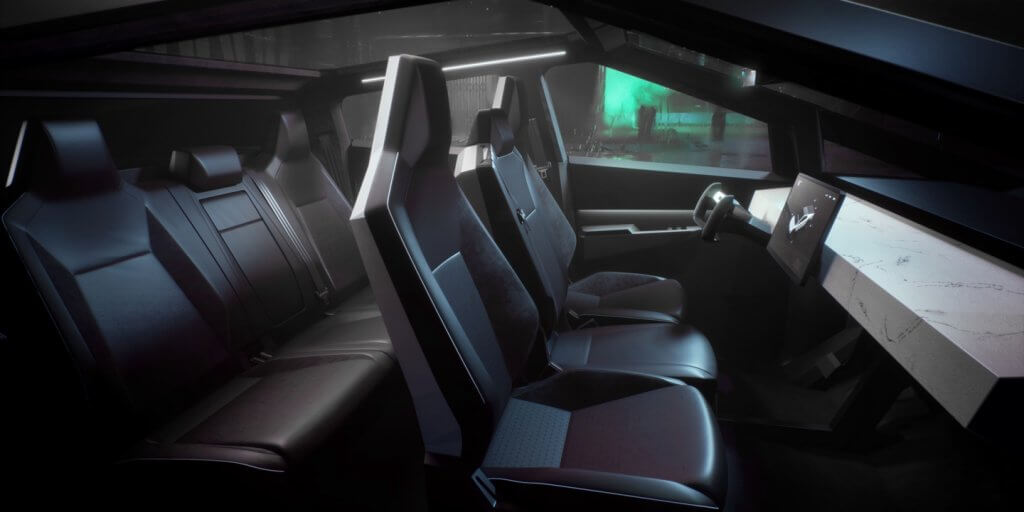User Interface (UI) and User Experience (UX) get thrown around synonymously, but they aren’t one in the same. The UI is what would make a user experience something on the website. The interface is literally the elements on the page that create that experience. The UX is a byproduct of the UI. Each of these impact users, users decide what to click on and interact with.
Google has come out just short of admitting that UI and UX is a ranking factor, but many studies have at minimum shown a direct correlation between rankings and user engagement metrics improving. At the very least, UI improvements will increase engagement which can lead to more leads, which is a common ultimate goal.
Important UI Elements
Page Speed
No one likes a page that takes a long time to load. It is imperative that web pages load fast. This means that the assets on the page have to be streamlined in order for a fast loading time, but the design and interface shouldn’t be sacrificed. Keeping the page code clean is one way to insure that the page loads fast. “Clean” is of course subjective, but using CSS, JS and keeping image file sizes minimal (obviously) goes a long way into improving the page speed.
Navigation – not just a megamenu
A common mistake in many drop down menus is that there are too many options. As “clean” becomes a recurring theme here, it goes without saying that the fewer options there are, the easier it is for a user to decide where to click. The trick is on keeping the journey going after this initial click. Submenus, calls-to-action (CTAs) and parent-child page relationships can improve the journey and remove the navigation menus that are fraught with plainly too much choice.
Futhermore, the goal of multiple different interactions must be taken into account. Not every visit can lead to a demo request nor even a form fill. These specific CTAs are what make a particular interaction effective. It may sound counterintuitive to make multiple paths AND keep the design clean, but this isn’t a menu, it’s an entire page, the intent of the content should shape the offers available OR take a step towards a different funnel path.
Some examples of improving navigation:
- internal links – CTAs to other related content
- buttons – for an offer or form submit
- clickable images with messaging – “related whitepaper/case study”
- playable videos – interact, stay on the page and learn more before taking your next step
- hub or pillar pages that house similar content with links and assets
Mobile Friendly and Responsive Design
This is a straight up ranking factor, will improve speed over a mobile device and simply make the website easier to navigate and consume. UI becomes more important in many ways because the design precipitates interactivity and intention. Filling out a form over your phone is not nearly as intuitive as a desktop. The amount of form fields, the size of the buttons all influence engagement.
There would be no UX without UI
Focusing on user engagement and improving those metrics could be all for naught if the user interface isn’t first addressed. Improving UX metrics will improve as a byproduct of great UI design. The repetitive theme is simplicity combined with paths. I realize there is nothing here telling you how to do this. For that, consulting your SEO and web agency is required. At this point it is fair to mention that much of this is arbitrary so a/b testing is absolutely necessary whichever paths and engagement are most successful.

